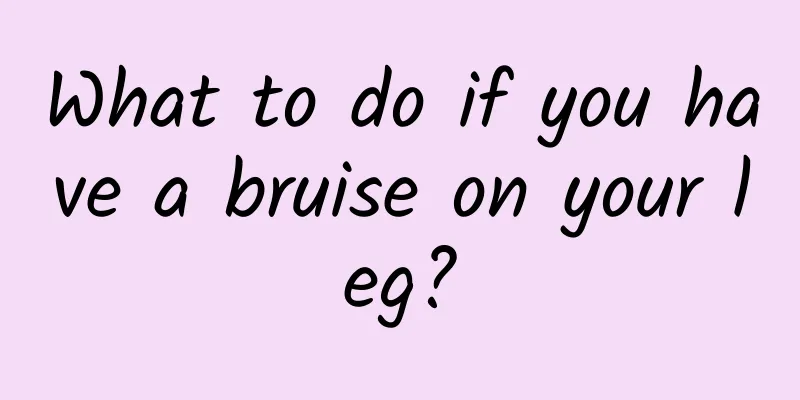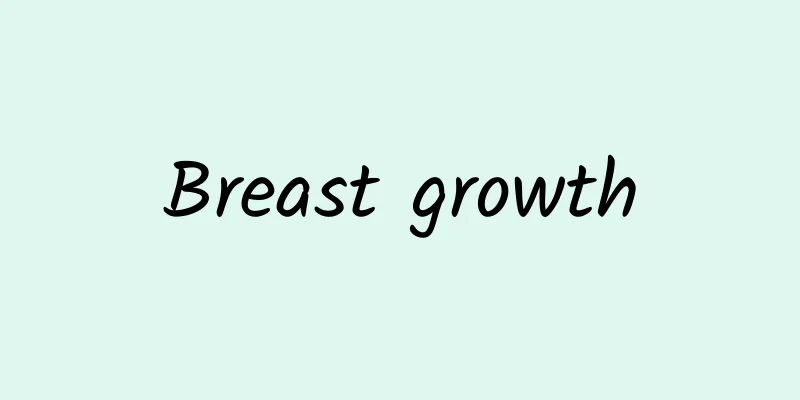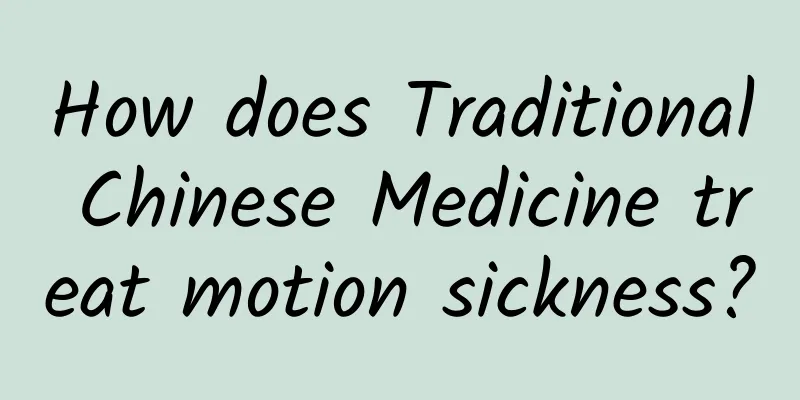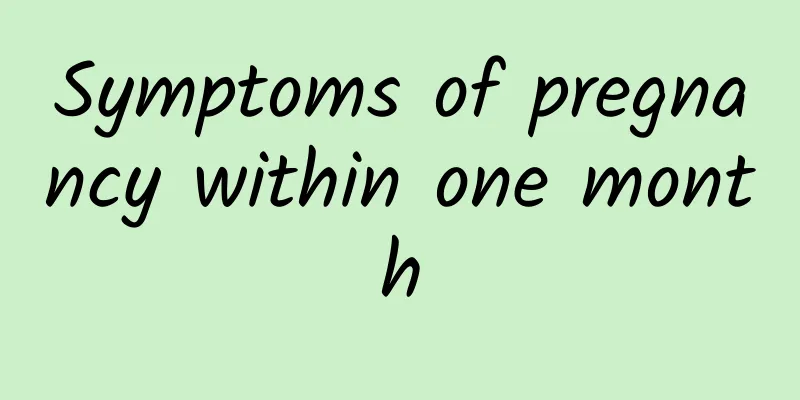Rehabilitation training for children with cerebral palsy

|
Children with cerebral palsy have poor physical qualities, low body resistance, and are physically weak and sickly. For such children, in most cases, it is difficult to follow the rehabilitation training for pediatric cerebral palsy. However, we still need to pay attention to appropriate rehabilitation training for pediatric cerebral palsy while conducting treatment, which is still helpful for the child's physical recovery. Placing the child in the supine position is also a type of rehabilitation training for pediatric cerebral palsy. The main training mode is to use traction techniques to passively flex the child's legs and do some related hip flexion and extension movements. For example, we can let the child use the hip shaking method, or some hip separation methods and other modes to stretch their adductor muscle groups, reduce the tension on the body, maintain it for a moment, and must repeat the operation. Use straight-leg pressure sitting training, fix both lower limbs in abduction position of about 60° (if the adductor muscle tension is high, it can be expanded to 75 degrees, but the degree should not be too large. The normal femoral angle is 150-160 degrees, and even smaller for young children) to stretch the spastic muscles and reduce muscle tension. This is static training. The heavy hammer hip joint training chair trains the child's lower limbs in abduction-adduction-abduction motion, stretching the muscles and mobilizing the hip joints during exercise. This is dynamic training. "Horse riding" training (using a barrel, wooden horse, wooden chair, etc.) can stretch the spasmodic muscles, reduce tension, and restore function. "Climbing" and "crawling" training (using the frog style, that is, moving the legs as far out as possible). The child walks sideways holding on to a bar, and the active movement gradually relieves the spasm and expands the range of joint motion, so as to achieve proficiency in the separation and combination of the lower limbs and correct the scissors gait. When the child is resting, place a pillow or other soft object between his legs, with his toes pointing outward as much as possible, and encourage the child to spread his legs. Rehabilitation training for children with cerebral palsy is more principled. Each training session should not be too long. Generally, for children, about ten minutes is enough. After a while, you need to pay attention to the child's rest so that they can slowly adapt to the exercise. The child's physique gradually improved. We need to pay more attention to this. |
Recommend
What causes purple lips?
Purple lips may be caused by poor blood circulati...
How do you know when your breasts are empty?
Women's breasts generally become larger after...
How painful is it to have wisdom teeth removed?
Only when you suffer from tooth-related diseases ...
Baby's stomach is hard
The baby's soft and fluffy belly has also bec...
What is the reason for excessive white blood cells
When you go to the hospital for medical treatment...
What causes thick white tongue coating in the elderly? What causes it?
The tongue is a very important part of our body. ...
Rickets has so many harmful effects on children!
Rickets is a chronic disease that is very harmful...
Blisters on the body
As the development of modernization is constantly...
Right tonsil swelling
Tonsils are mainly composed of lymphatic tissue, ...
Do I have to drink Chinese medicine hot?
Many people believe that Chinese medicine needs t...
Is dizziness a sign of a tumor?
Dizziness is a common condition in life. Some peo...
What causes a sprained thumb? What should I do if I sprain my thumb?
There are many sports in life that can cause limb...
What does endocervical effusion mean?
Cervical effusion is a common cervical disease. B...
Why does hormone-dependent dermatitis cause itching and what can we do about itching?
One of the symptoms of hormone-dependent dermatit...
What to do if there are too many oil particles on the face
If there are some oil particles on your face, you...









